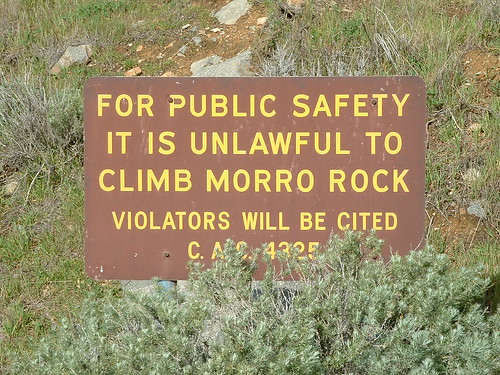While anyone has the ability to draft a bill, only members of Congress can introduce and sponsor legislation. There are four basic types of legislation; bills, joint resolutions, concurrent resolutions and simple resolutions. The official process for legislation starts when a resolution or bill is numbered as H.R.xxx, which signifies it as a House bill or S.xxx, which signifies it as a Senate bill.
The first step in the process is for the bill to be referred to a standing committee within the House or the Senate based on rules of procedure. Once the bill reaches the committee, it is placed on the calendar and then may be referred to a subcommittee or may be considered by the committee. The bill is essentially dead if the committee does not act upon it. Many times the bill will be referred to a subcommittee for further study and hearings. Testimony may be provided in person or submitted as a written statement.

Once the hearings are completed the subcommittee may choose to mark up the bill or make changes to it before recommending it to the full committee. The bill will die if the subcommittee votes not to report it to the full committee. Once the full committee has receive a report on the bill from the subcommittee it can choose to conduct more study and hearings or it can choose to vote on the recommendations of the subcommittee and any amendments that have been proposed. The full committee will then vote on the recommendation to the Senate or the House. This is referred to as ‘ordering a bill reported.’
After the committee has voted for a bill to be reported, the chairman of the committee will then instruct the staff to prepare a written report that describes the scope and intent of the legislation, the impact on any existing laws, the position of the executive branch on the legislation and the views of any members of the committee who do not support it. Floor action will then be scheduled, where rules of procedure will govern debate on the legislation. Following debate, the bill will be either passed or defeated by voting members. Once it is passed by the House or Senate it will then be referred to the other chamber where it will follow the same procedure and the chamber will determine whether to receive the bill, reject it, ignore it or change the legislation.
The legislation may still die at this point if the conference committee is unable to reach an agreement regarding any changes. Once the bill has been approved by both houses of Congress in an identical form it will then be sent to the President, where it may be approved and signed into law. The president may also choose to take no action for ten days if Congress is in session and it will automatically become law. If the President opposes the bill, it may be vetoed. If the President takes no action once Congress has adjourned it is a pocket veto and the legislation will die. In the event the president vetoes a bill, Congress may try to override the veto; which requires a 2/3 roll call vote.
Courses
- Congressional Operations Briefing – Capitol Hill Workshop
- Congressional Dynamics and the Legislative Process
- Drafting Federal Legislation and Amendments
- Understanding Congressional Budgeting and Appropriations
- Advanced Legislative Procedure
Publications
CongressionalGlossary.com, from TheCapitol.Net
For more than 40 years, TheCapitol.Net and its predecessor, Congressional Quarterly Executive Conferences, have been teaching professionals from government, military, business, and NGOs about the dynamics and operations of the legislative and executive branches and how to work with them.
Our custom on-site and online training, publications, and audio courses include congressional operations, legislative and budget process, communication and advocacy, media and public relations, testifying before Congress, research skills, legislative drafting, critical thinking and writing, and more.
TheCapitol.Net is on the GSA Schedule, MAS, for custom on-site and online training. GSA Contract GS02F0192X
TheCapitol.Net is now owned by the Sunwater Institute.
Teaching how Washington and Congress work ™

